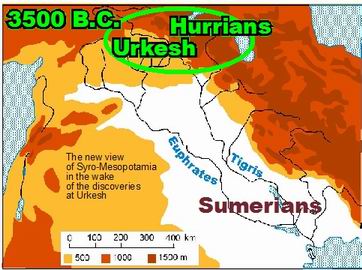
Photo J. J. Jarmakani
The careful preservation of the ruin as discovered is a distinctive trait of our excavations. And so is the commitment to recover, behind the "things," the ancient perception of meaning.
Thus the mudbrick walls of the Royal Palace, each one encased in its own individual shelter, retain the ancient document and recreate at the same time the architectural volumes of the monument.
